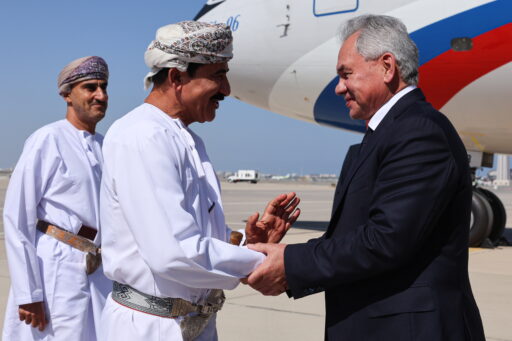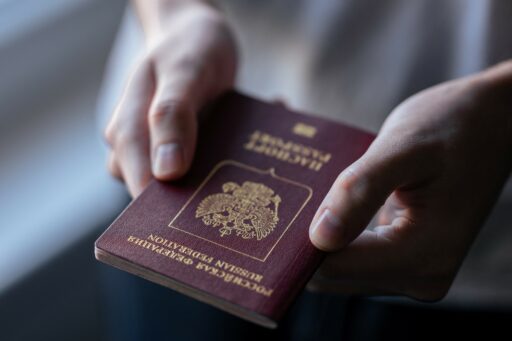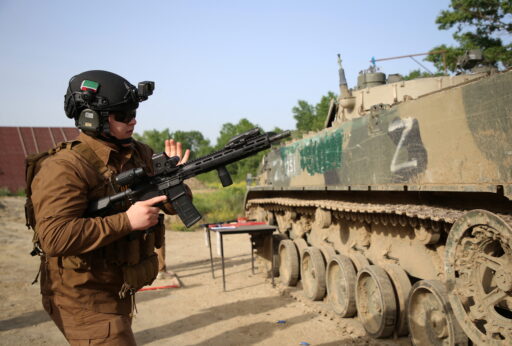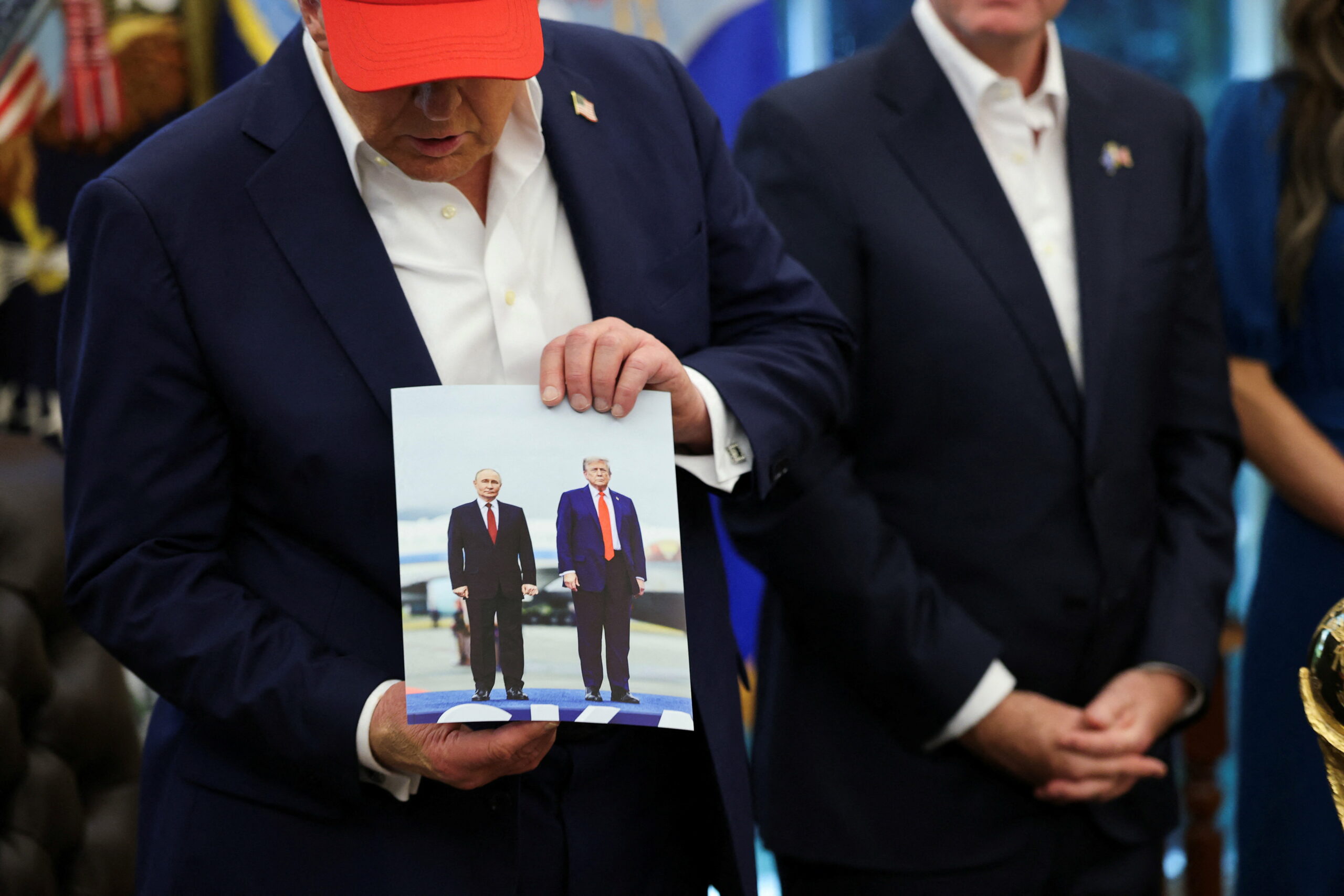Recent developments in Armenia and Azerbaijan point to one conclusion: a new reality has taken shape in the region, and it is already producing tangible results. For ordinary people, the relative absence of news about border fatalities has become background noise—one quickly grows accustomed to it. The economic benefits of renewed cooperation with a neighbor, however, are felt immediately. Only a short time ago, the idea of transiting goods through Azerbaijan to Armenia sounded like wishful thinking; today, real competition is emerging for access to the route.
In post-Soviet politics, reality rarely exceeds even modest expectations. This is a welcome exception—yet every achievement remains fragile and reversible in a single day.
The Railway Race
In the first week of November, two freight trains carrying wheat reached Armenia from Georgia: a Russian train on the night of 5−6 November, followed by a Kazakh one on 7−8 November. Both crossed Azerbaijani territory. The only railway into the South Caucasus from Russia passes through Azerbaijan; from there, lines continue to Georgia and, when required, to Armenia. The route has long existed technically, but political obstacles kept it dormant.
The race to be the first to send a train into Armenia through Azerbaijan appears to have been genuine. On 21 October, President Ilham Aliyev announced the lifting of the transit ban not just anywhere but during a meeting with Kazakh President Kassym-Jomart Tokayev, adding that the inaugural shipment would be Kazakh grain bound for Armenia. Armenia’s Economy Minister Gevorg Papoyan promptly confirmed the news.
Moscow, evidently unwilling to cede the honor, moved quickly. On 24 October, Russia secured its own transit agreement—announced by Deputy Prime Minister Alexei Overchuk, who has been working since early 2021 to unblock regional communications. In the event, the Russian train arrived first, despite originating in Ulyanovsk Oblast rather than a grain belt. Overchuk described the shipment as evidence of Russia «working for the benefit of regional stability and the economic development of all countries in the region.»
Both Russia and Kazakhstan now say they are prepared to make such deliveries regular. If that happens—and if goods beyond wheat begin flowing from Russia and Central Asia—Armenia’s market will be transformed beyond recognition. Moscow already seems uneasy: it fears losing its near-monopoly (currently up to 99 per cent of Armenia’s grain imports come from Russia).
Russia’s Foreign Intelligence Service (SVR), which has lately issued a string of curious and unsubstantiated statements (among them claims that European countries planned to occupy Moldova and that Ukraine intended to stage a Russian-Belarusian incursion into Poland), managed to assert that Armenia was about to switch entirely to Ukrainian grain, with the European Union covering the price differential. Prime Minister Nikol Pashinyan dismissed the claim as «complete nonsense,» and the logic is indeed thin. Armenia has always been free to buy Ukrainian grain via Georgian ports and onward rail; doing so now, with direct rail access to Russia restored, would make little sense even for political optics—especially since Armenia’s market is too small to offer meaningful support to Ukraine’s economy.
Moscow is far more likely worried about competition from Kazakhstan, Iran, or other Asian suppliers. Diversifying sources of supply—and the economy more broadly—would give Pashinyan considerably greater room for maneuver in foreign policy, including his active pursuit of visa-free travel with the EU.
A Lever in Aliyev’s Hands
Pashinyan insists that transit through Azerbaijan is purely a private-sector initiative. That is hard to believe: Aliyev personally announced the Kazakh grain shipment, while Overchuk did the same for the Russian shipment. The companies involved are hardly random—Armenia’s Bagramyan LLC (which controls roughly half the grain market), Russia’s rising exporter Grain Gates, and Kazakhstan’s state-owned Prodcorporatsiya.
For now, transit will clearly operate under tight state supervision, with the ever-present possibility of reversal on some pretext. That approach is vintage Baku. Recall 2023: Azerbaijan maintained there was no blockade of Nagorno-Karabakh and that any Armenian could cross(with only 13 people on the stop list) the Hakari River checkpoint freely. The result of that «freedom» was the near-total exodus of the Armenian population—which Baku also described as leaving voluntarily.
Everyone understands the real game. By allowing the first trains through, Azerbaijan seeks to soften Armenia’s stance on the central issue: the Zangezur corridor, now rebranded the «Trump Road.» Since 2020, Baku has insisted on a railway linking mainland Azerbaijan to its Nakhchivan exclave and onward—relatively easily—to the Turkish city of Kars. Armenia has obstructed the project for years by setting unacceptable conditions.
The Trump administration has taken on the task of breaking the deadlock, offering investment and U.S. business participation as a mediator. Early proposals were radical: reports suggested a company might lease the route for 99 years and handle customs and border controls itself. That, needless to say, would violate Armenian law—only Armenian border guards may check passports on Armenian soil. Pashinyan now stresses that «no institution of the Republic of Armenia will face restrictions on any infrastructure included in the Trump Route project.»
The project remains distant. Even the lease duration for an American investor is undefined, and construction is tentatively scheduled to begin in the second half of 2026—if then. Many questions remain, above all the arrangements for traffic and control on the Armenian section. Whenever Yerevan pushes for favorable terms, Baku will now have both an argument and a lever: the transit it has just granted.
This is infinitely preferable to negotiating by artillery. Yet the tactic has only become feasible because of third-party—American—involvement. Open pressure or threats of war against Armenia are no longer cost-free; Donald Trump might ask how his latest peace initiative is faring. At a recent summit with Central Asian leaders, he himself referred to the «Trump Road» as a key segment of the Middle Corridor.
A Winding Counter-Offer
Pashinyan understands the hint perfectly. But with pivotal elections scheduled for June 2026, he must play for domestic advantage. In response to Aliyev, he declared readiness to open truck transit from Turkey to Azerbaijan—and back—via the Margara-Yeghgnadzor-Sisian-Goris route starting tomorrow. The catch: Armenia needs that far more than Azerbaijan does. By floating the idea, Pashinyan is angling for an open border with Turkey—a potential game-changer for the Armenian economy.
Margara is the very crossing on the Armenian-Turkish border that has remained effectively closed for a third year running. In February 2023, after the devastating earthquakes in Turkey and Syria, Armenian aid trucks used it for the first time in three decades. Armenian rescuers worked in Turkey, and when Recep Tayyip Erdoğan unexpectedly won re-election in May, Pashinyan flew to his inauguration. Yerevan genuinely hoped normalization would finally begin; there was even talk of third-country nationals and diplomats travelling overland before the tourist season. Yet neither in 2023, nor after reconstruction in 2024, nor now has the checkpoint opened fully.
Goris, the eastern Armenian town through which the old road to Karabakh once ran, was where virtually all 100,000 refugees arrived in September 2023. It is the only usable motor road linking Armenia and Azerbaijan.
Pashinyan’s proposed route from Turkey to Azerbaijan covers roughly 280 kilometers of difficult mountain highway. He first floated it in March, but Aliyev showed no interest—Azerbaijan already has the Baku-Tbilisi-Kars railway to Turkey.
In theory, Ankara would also benefit from an open border. In practice, the Armenian market is tiny (around three million people), and Turkey plainly defers to Baku on relations with Yerevan. Diverting Azerbaijan from its core strategic goal—securing the Zangezur corridor in some form—is therefore unlikely. Armenia’s remaining leverage lies in shaping the terms and insisting on reciprocity: benefits from unblocking must flow to Armenia as well as to Azerbaijan and Turkey. Transit through Azerbaijan provides a useful talking point, yet after the bitter experience of recent years, any «generous» offer from Baku is met in Yerevan with profound suspicion.
To ease that suspicion even slightly, Azerbaijan’s leadership would need to drop talk of «historic lands» inside present-day Armenia and, above all, any notion of resettling Azerbaijanis there. Ilham Aliyev could do so—but shows no sign of being ready.
As for Moscow, it will maximize the new opportunities, ramping up rail deliveries to protect its market share while claiming credit for every positive development in the region. It scarcely matters that Aliyev authorized transit for his own reasons; Russian officials still present it as proof of Russia’s contribution to regional stability. The opening of the «Trump Road» will doubtless be framed the same way—after all, the idea first appeared in the November 2020 trilateral statement signed by Putin, Aliyev, and Pashinyan, and Russian border guards will still be stationed along the route.
Moscow’s new tactic—proclaiming wishful thinking as reality and patiently biding its time, as I described in my earlier piece «Phantom Presence”—operates precisely this way. Yet trade figures with regional states make one thing clear: Russia’s economic influence here is anything but a phantom. It is a concrete reality that all parties must reckon with.









